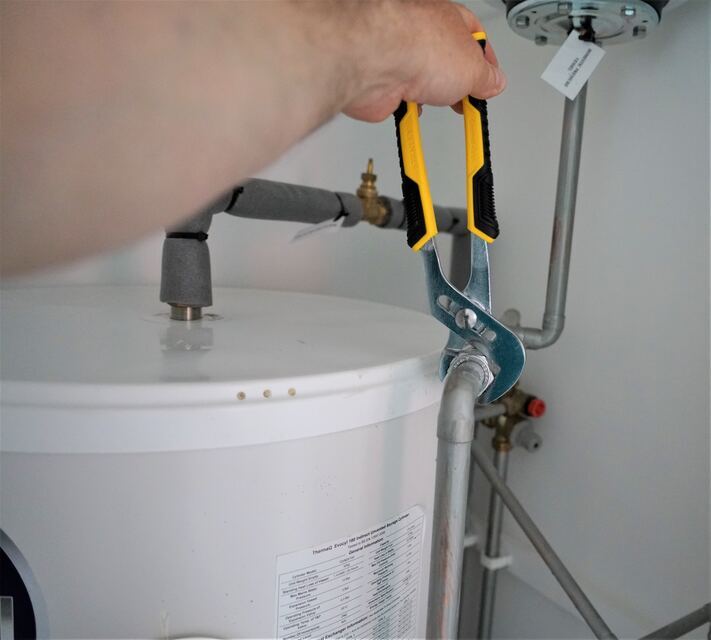
Introduction:
A functioning water heater is essential for daily tasks like showering, washing dishes, and doing laundry. To ensure a consistent supply of hot water and extend the lifespan of your home water heater, regular maintenance is crucial. By following a few simple steps and implementing best practices, you can optimize the performance, energy efficiency, and reliability of your water heater. In this article, we will explore key tips for maintaining your home water heater.
1. Check the Pressure Relief Valve:
The pressure relief valve is a critical safety component of your water heater. Periodically check it to ensure it is functioning correctly. Lift the lever to release a small amount of water, and if it stops flowing once you release the lever, the valve is working properly. If the valve doesn't release water or continues to leak afterward, it may need to be replaced. Consult the manufacturer's instructions or consider contacting a professional plumber for assistance.
2. Drain and Flush the Tank:
Over time, sediment can accumulate at the bottom of the water heater tank, reducing its efficiency and potentially leading to damage. To prevent this, it is recommended to drain and flush the tank annually. Begin by turning off the power supply (electricity or gas) to the water heater. Connect a hose to the drain valve at the bottom of the tank, and direct the other end to a safe drainage area. Open the valve, allowing the tank to drain completely. Once drained, close the valve and fill the tank back up, flushing out any remaining sediment. This process helps maintain optimal heating efficiency.
3. Insulate the Tank and Pipes:
Insulating your water heater tank and pipes can reduce heat loss and increase energy efficiency. Consider insulating both the tank and the hot water pipes using insulation blankets or sleeves specifically designed for this purpose. This insulation helps to minimize standby heat loss and maintain hot water temperature for longer periods, reducing energy consumption and lowering utility bills.
4. Test the Temperature and Pressure Relief Valve:
The temperature and pressure relief valve is another essential safety feature of your water heater. To ensure its functionality, perform a simple test. Place a bucket or container under the discharge pipe connected to the valve. Lift the valve's lever for a few seconds to allow hot water to flow into the bucket. If the valve does not release water or continues to leak afterward, it may be faulty and require replacement. Faulty valves should be addressed promptly to maintain the safety and performance of your water heater.
5. Keep the Area Clean and Clear:
Maintaining a clean and unobstructed area around your water heater is essential for both safety and accessibility. Remove any debris, dust, or flammable materials that may have accumulated near the water heater. Ensure proper ventilation to prevent the buildup of potentially harmful gases. Clearing the surrounding area also allows for easier access during maintenance tasks or in case of emergencies.
6. Schedule Professional Maintenance:
While many maintenance tasks can be performed by homeowners, it is beneficial to schedule periodic professional maintenance for your water heater. A licensed plumber can conduct a thorough inspection, clean internal components, check for potential issues, and ensure the overall efficiency and safety of your water heater. Professional maintenance can help identify problems early on and extend the lifespan of your water heater.
Conclusion:
Regular maintenance is essential to maximize the performance, energy efficiency, and lifespan of your home water heater. By following these tips, including checking the pressure relief valve, draining and flushing the tank, insulating the tank and pipes, testing the temperature and pressure relief valve, keeping the area clean and clear, and scheduling professional maintenance, you can ensure a reliable supply of hot water while reducing energy consumption and minimizing potential issues. Remember, proper maintenance not only saves you money but also enhances your comfort and peace of mind when it comes to your home's hot water needs.

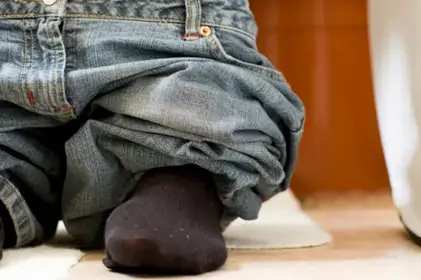
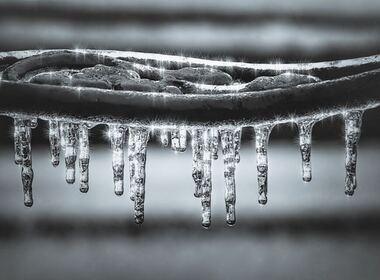
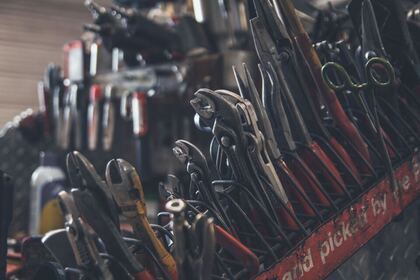
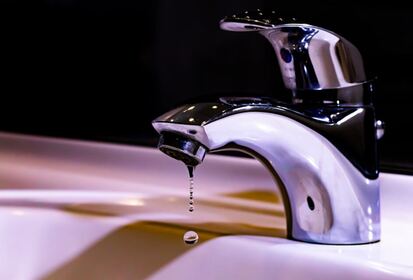
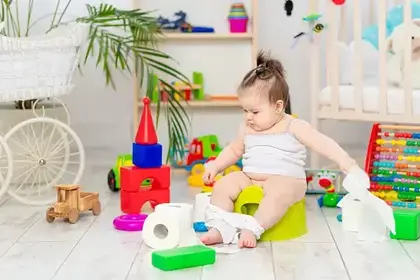
Leave Comment Below